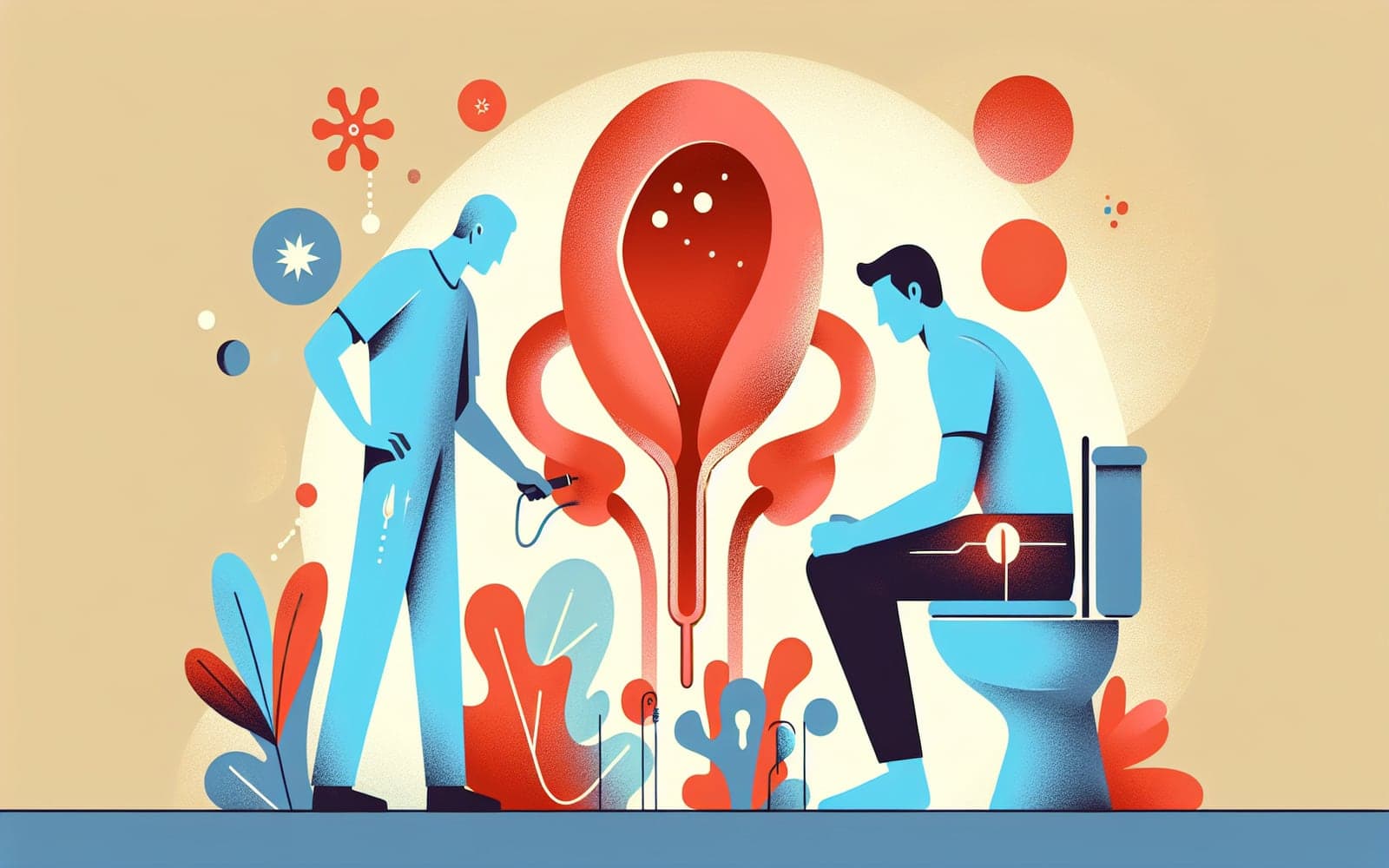Overactive Bladder Treatment: A Step-by-Step Approach
Published: Sep 12, 2024
Treating overactive bladder (OAB) typically follows a step-by-step approach, starting with the least invasive options and progressing as needed. This guideline outlines the typical treatment journey for OAB patients.
Contents
Step 1: Lifestyle Changes and Behavioral Therapies
The first line of treatment focuses on modifying behaviors and habits. This includes limiting caffeine and alcohol, maintaining a healthy weight, and practicing pelvic floor exercises. Bladder training, where you gradually increase the time between bathroom visits, can also be helpful. These simple changes can make a big difference for many people.
Step 2: Medications
If lifestyle changes aren't enough, medications are typically the next step. There are two main types: beta-3 adrenergic agonists and antimuscarinics. Beta-3 agonists are often tried first due to fewer side effects. Your doctor may try different medications or combinations to find what works best for you.

Step 3: Advanced Therapies
For those who don't respond well to medications, there are several advanced options. These include nerve stimulation techniques like percutaneous tibial nerve stimulation (PTNS) or sacral neuromodulation (SNM), and Botox injections into the bladder. These treatments can be very effective but may require more frequent doctor visits.
Frequently Asked Questions
Typically 4-12 weeks, but your doctor will guide you based on your response.
Sometimes, depending on the severity of your symptoms and other health factors.
The general approach is similar, but treatment is always personalized to each patient.
Your treatment plan will be adjusted to account for any other health issues.
Key Takeaways
Remember, treating OAB is often a process of finding what works best for you, and your healthcare team is there to guide you every step of the way.
Ready to start your OAB treatment journey? Connect with Doctronic to create a personalized treatment plan.Related Articles
References
Lightner DJ, et al. Diagnosis and Treatment of Overactive Bladder (Non-Neurogenic) in Adults: AUA/SUFU Guideline Amendment 2019. J Urol. 2019;202:558-563.
Nambiar AK, et al. EAU Guidelines on Assessment and Nonsurgical Management of Urinary Incontinence. Eur Urol. 2018;73:596-609.
Always discuss health information with your healthcare provider.

